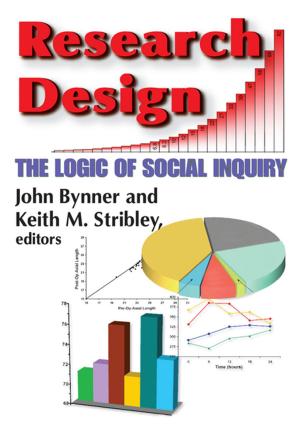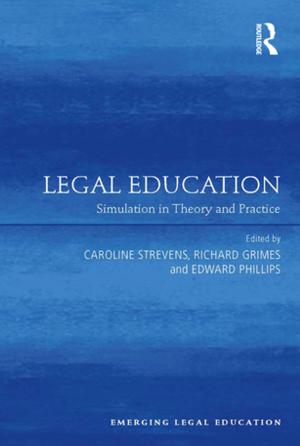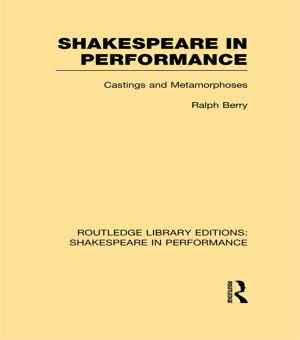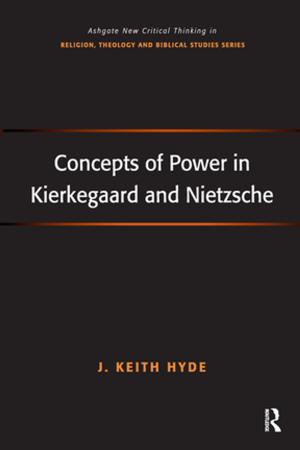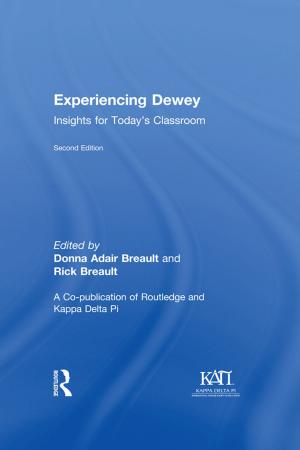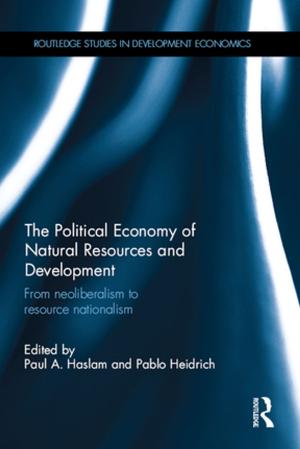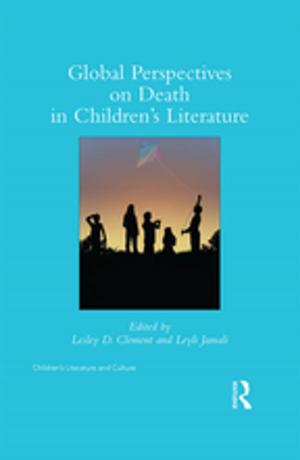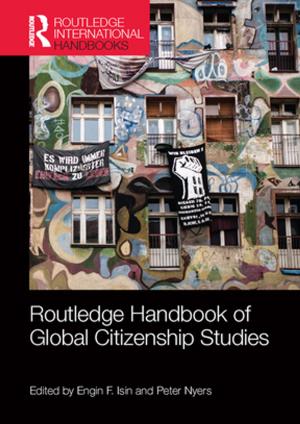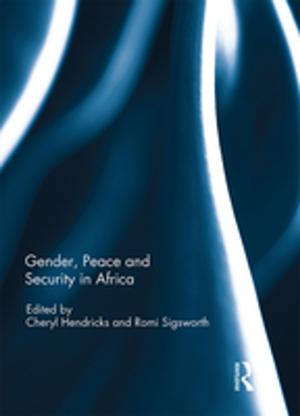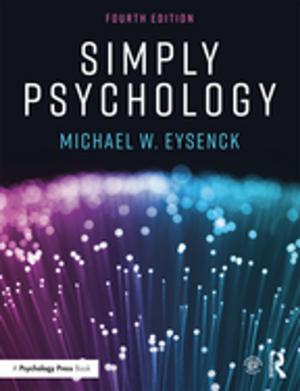Student-generated Digital Media in Science Education
Learning, explaining and communicating content
Nonfiction, Reference & Language, Education & Teaching, Secondary Education, Administration| Author: | ISBN: | 9781317563235 | |
| Publisher: | Taylor and Francis | Publication: | July 3, 2015 |
| Imprint: | Routledge | Language: | English |
| Author: | |
| ISBN: | 9781317563235 |
| Publisher: | Taylor and Francis |
| Publication: | July 3, 2015 |
| Imprint: | Routledge |
| Language: | English |
"This timely and innovative book encourages us to ‘flip the classroom’ and empower our students to become content creators. Through creating digital media, they will not only improve their communication skills, but also gain a deeper understanding of core scientific concepts. This book will inspire science academics and science teacher educators to design learning experiences that allow students to take control of their own learning, to generate media that will stimulate them to engage with, learn about, and become effective communicators of science."
Professors Susan Jones and Brian F. Yates, Australian Learning and Teaching Council Discipline Scholars for Science
"Represents a giant leap forward in our understanding of how digital media can enrich not only the learning of science but also the professional learning of science teachers."
Professor Tom Russell, Queen’s University, Ontario, Canada
"This excellent edited collection brings together authors at the forefront of promoting media creation in science by children and young people. New media of all kinds are the most culturally significant forms in the lives of learners and the work in this book shows how they can move between home and school and provide new contexts for learning as well as an understanding of key concepts."
Dr John Potter, London Knowledge Lab, Dept. of Culture, Communication and Media, University College London, UK
Student-generated Digital Media in Science Education supports secondary school teachers, lecturers in universities and teacher educators in improving engagement and understanding in science by helping students unleash their enthusiasm for creating media within the science classroom.
Written by pioneers who have been developing their ideas in students’ media making over the last 10 years, it provides a theoretical background, case studies, and a wide range of assignments and assessment tasks designed to address the vital issue of disengagement amongst science learners. It showcases opportunities for learners to use the tools that they already own to design, make and explain science content with five digital media forms that build upon each other— podcasts, digital stories, slowmation, video and blended media. Each chapter provides advice for implementation and evidence of engagement as learners use digital tools to learn science content, develop communication skills, and create science explanations. A student team’s music video animation of the Krebs cycle, a podcast on chemical reactions presented as commentary on a boxing match, a wiki page on an entry in the periodic table of elements, and an animation on vitamin D deficiency among hijab-wearing Muslim women are just some of the imaginative assignments demonstrated.
Student-generated Digital Media in Science Education illuminates innovative ways to engage science learners with science content using contemporary digital technologies. It is a must-read text for all educators keen to effectively convey the excitement and wonder of science in the 21st century.
"This timely and innovative book encourages us to ‘flip the classroom’ and empower our students to become content creators. Through creating digital media, they will not only improve their communication skills, but also gain a deeper understanding of core scientific concepts. This book will inspire science academics and science teacher educators to design learning experiences that allow students to take control of their own learning, to generate media that will stimulate them to engage with, learn about, and become effective communicators of science."
Professors Susan Jones and Brian F. Yates, Australian Learning and Teaching Council Discipline Scholars for Science
"Represents a giant leap forward in our understanding of how digital media can enrich not only the learning of science but also the professional learning of science teachers."
Professor Tom Russell, Queen’s University, Ontario, Canada
"This excellent edited collection brings together authors at the forefront of promoting media creation in science by children and young people. New media of all kinds are the most culturally significant forms in the lives of learners and the work in this book shows how they can move between home and school and provide new contexts for learning as well as an understanding of key concepts."
Dr John Potter, London Knowledge Lab, Dept. of Culture, Communication and Media, University College London, UK
Student-generated Digital Media in Science Education supports secondary school teachers, lecturers in universities and teacher educators in improving engagement and understanding in science by helping students unleash their enthusiasm for creating media within the science classroom.
Written by pioneers who have been developing their ideas in students’ media making over the last 10 years, it provides a theoretical background, case studies, and a wide range of assignments and assessment tasks designed to address the vital issue of disengagement amongst science learners. It showcases opportunities for learners to use the tools that they already own to design, make and explain science content with five digital media forms that build upon each other— podcasts, digital stories, slowmation, video and blended media. Each chapter provides advice for implementation and evidence of engagement as learners use digital tools to learn science content, develop communication skills, and create science explanations. A student team’s music video animation of the Krebs cycle, a podcast on chemical reactions presented as commentary on a boxing match, a wiki page on an entry in the periodic table of elements, and an animation on vitamin D deficiency among hijab-wearing Muslim women are just some of the imaginative assignments demonstrated.
Student-generated Digital Media in Science Education illuminates innovative ways to engage science learners with science content using contemporary digital technologies. It is a must-read text for all educators keen to effectively convey the excitement and wonder of science in the 21st century.

